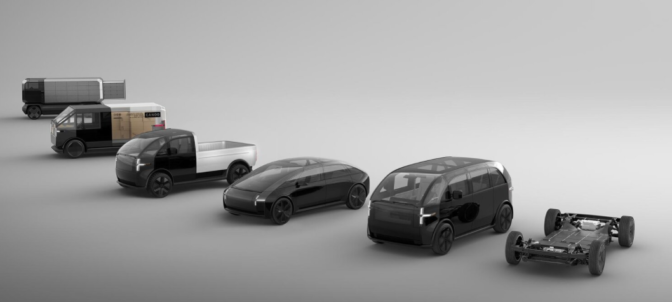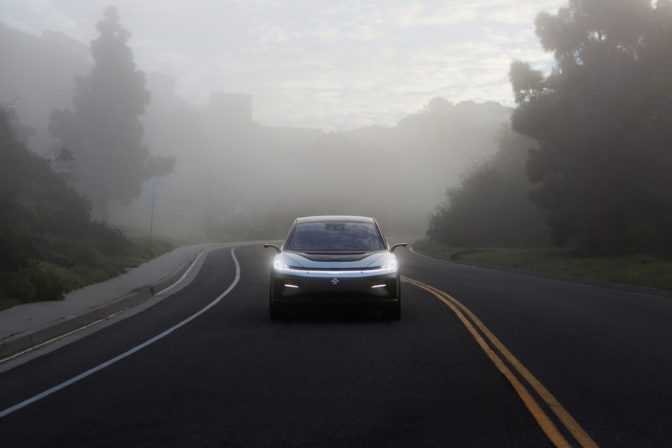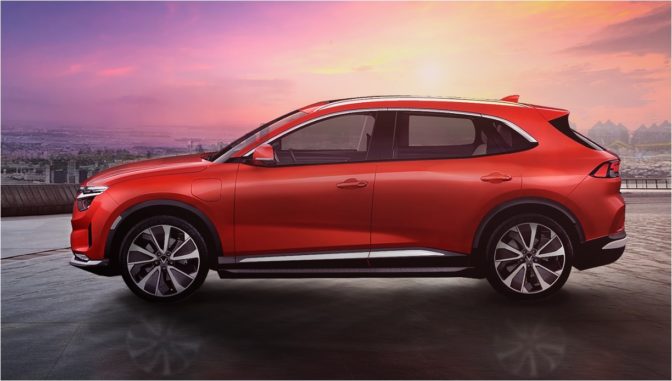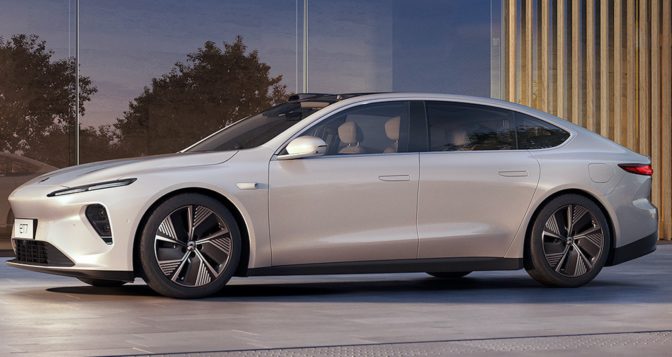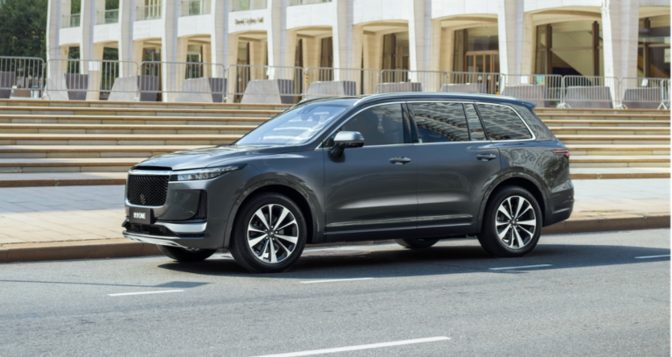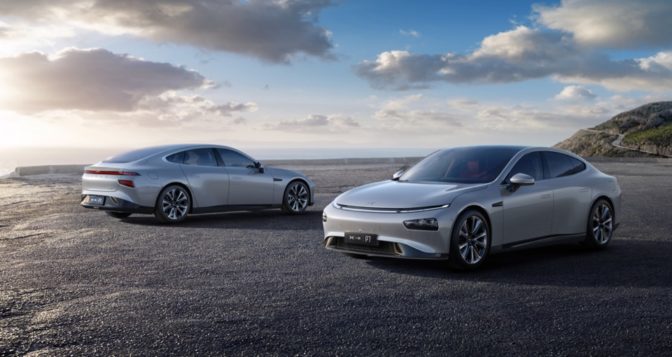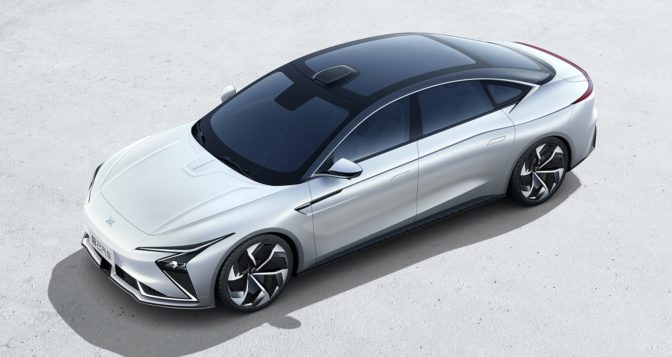The electric vehicle revolution is about to reach the next level.
Leading startups and EV brands have all announced plans to deliver intelligent vehicles to the mass market beginning in 2022. And these new, clean-energy fleets will achieve AI capabilities for greater safety and efficiency with the high-performance compute of NVIDIA DRIVE.
The car industry has become a technology industry — future cars will be completely programmable with software-driven business models. Companies will offer services and subscriptions over the air for the life of the car.
These new energy vehicles, or NEVs, will kickstart this transition with centralized, software-defined compute that enables continuously improving, cutting-edge AI capabilities.
NEV Newcomers
For some companies, 2022 marks the initial launch of their visionary concepts into production reality.
Canoo unveiled its first vehicle — an all-electric van — in 2019. Now, the startup is on track to deliver an entire line of EVs, including a delivery truck, pickup and sports sedan, to customers starting in 2022.
Canoo’s flagship personal vehicle will leverage NVIDIA DRIVE AGX Xavier for smart driver assistance features. And since the DRIVE AGX platform is open and scalable, Canoo can continue to develop increasingly advanced capabilities through the life of its vehicles.
Also on the horizon is the much anticipated Faraday Future FF91. This premium EV is designed to be an intelligent third living space, with a luxurious interior packed with convenience features powered by NVIDIA DRIVE.
Also charging onto the EV scene is Vinfast, a startup planning to launch a fleet of smart vehicles beginning in 2022. These vehicles will provide industry-leading safety and enhanced autonomy, leveraging the AI compute of NVIDIA DRIVE Xavier, and for proceeding generations, NVIDIA DRIVE Orin.
“NVIDIA is a vital partner for our work in autonomous driving,” said Hung Bui, chief executive of VinAI. “NVIDIA DRIVE delivers the core compute for our vehicles, delivering advanced sensing and other expanding capabilities.”
A Leading Legacy
NIO has announced a supercomputer to power its automated and autonomous driving features, with NVIDIA DRIVE Orin at its core.
The computer, known as Adam, will achieve over 1,000 trillion operations per second of performance with the redundancy and diversity necessary for safe autonomous driving. It also enables personalization in the vehicle, learning from individual driving habits and preferences while continuously improving from fleet data.
The Orin-powered supercomputer will debut in the flagship ET7 sedan, scheduled for production in 2022, and will be in every NIO model to follow.
Breakout EV maker Li Auto will also develop its next generation of electric vehicles using NVIDIA DRIVE AGX Orin. These new vehicles are being developed in collaboration with tier 1 supplier Desay SV and feature advanced autonomous driving features, as well as extended battery range for truly intelligent mobility.
This high-performance platform will enable Li Auto to deploy an independent, advanced autonomous driving system with its upcoming fleet.
Xpeng is already putting its advanced driving technology on the road. In March, the automaker completed a six-day cross-country autonomous drive with a fleet of intelligent P7 sedans. The vehicles operated without human intervention using the XPilot 3.0 autonomous driving system, powered by NVIDIA DRIVE AGX Xavier.
Finally, one of the world’s largest automakers, SAIC, is evolving to meet the industry’s biggest technological transformations with two new EV brands packed with advanced AI features.
R-Auto is a family of next-generation vehicles featuring the R-Tech advanced intelligent assistant, powered by NVIDIA DRIVE AGX Orin. R-Tech uses the unprecedented level of compute performance of Orin to run perception, sensor fusion and prediction for automated driving features in real time.
The ultra-premium IM brand is the product of a partnership with etail giant Alibaba. The long-range electric vehicles will feature AI capabilities powered by the high-performance, energy-efficient NVIDIA DRIVE Orin compute platform.
The first two vehicles in the lineup — a flagship sedan and SUV — will have autonomous parking and other automated driving features, as well as a 93kWh battery that comes standard. SAIC will begin taking orders for the sedan at the Shanghai Auto Show later this month, with the SUV following in 2022.
EVs are driving the next decade of transportation. And with NVIDIA DRIVE at the core, these vehicles have the intelligence and performance to go the distance.
The post New Energy Vehicles Power Up with NVIDIA DRIVE appeared first on The Official NVIDIA Blog.

